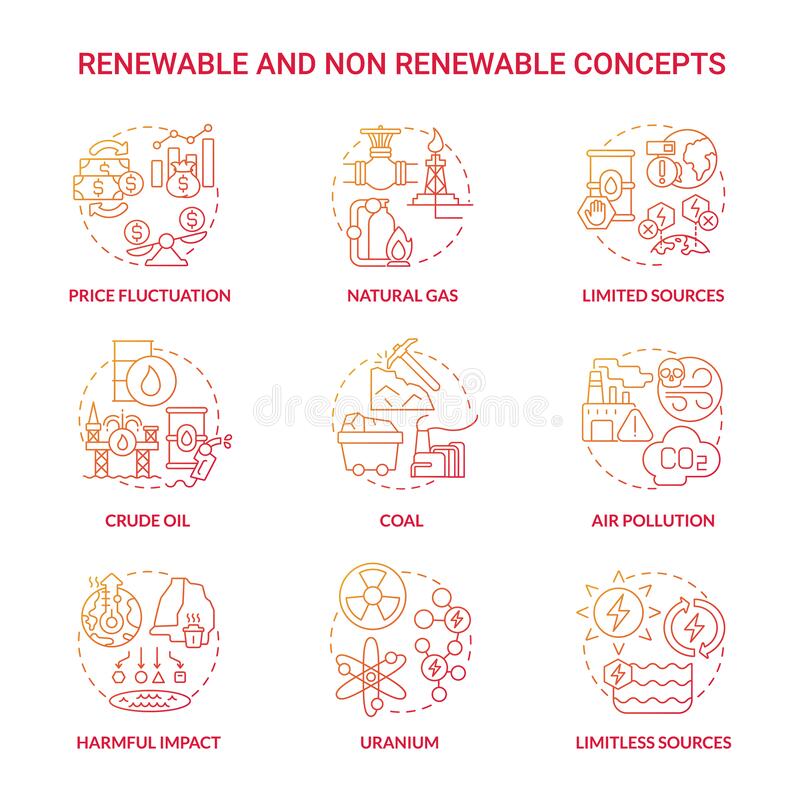The key difference between renewable and non-renewable resources is that renewable resources are those that can be replenished on their own and are infinite in supply, whereas non-renewable resources are resources that are limited in supply.
Here, the term “resources” refers to forms of energy or any other useful source that we use in various applications. We can divide them mainly into two forms: renewable and non-renewable resources. Although we can use renewable resources in unlimited quantities, humans are depleting non-renewable resources faster than they are formed. As a result, we may face a number of problems due to the depletion of these important resources.
What are renewable resources?
Renewable resources are natural resources that can overcome resource depletion due to consumption. And this overcoming occurs through biological reproduction or natural processes. Here are some examples of renewable resources:
- Water is a renewable material if we carefully control its use, carry out the necessary treatment and proper disposal.
- Food – Most food is a renewable resource.
- Air
- Timber – timber from renewable forests
- Sunlight is a renewable form of energy.
However, these resources can be depleted due to unregulated industrial development and processes such as overfishing, deforestation, etc. Moreover, what was once renewable may become non-renewable at some point in the future. The best example of this phenomenon is fish, which in some areas have become so depleted due to high levels of fishing that they have become non-renewable and are on the verge of extinction. There are management techniques that prevent a renewable source from becoming non-renewable.
What are non-renewable resources?
Non-renewable resources are resources that are not renewed at a sufficient rate to sustainably produce economically within a reasonable human time frame. Hence, they are limited in use.
First of all, the rate of consumption of these resources is much higher than the rate of production. As a result, these resources are very expensive, and we must use them carefully, not wasting them. Some common examples of non-renewable resources include fossil fuels, minerals, metal ores, aquifers, etc.
Read Also: Limiting Reactant In A Chemical Reaction And Its Identification
What is the difference between renewable and nonrenewable resources?
Renewable resources are natural resources that can overcome resource depletion due to consumption, and nonrenewable resources are resources that are not renewed at a sufficient rate for sustainable economic extraction within meaningful human time frames. Thus, the key difference between renewable and non-renewable resources is that renewable resources are those that can be replenished on their own and are infinite in supply, whereas non-renewable resources are resources that are limited in supply.
Moreover, renewable resources are almost always environmentally friendly, but the use of non-renewable resources can harm the environment. Another important difference between renewable and non-renewable resources is that renewable resources are freely available in nature, but non-renewable resources are less available; thus roads.
Summary – Renewable and Non-Renewable Resources
Resources are of two types: renewable and non-renewable. The key difference between renewable and non-renewable resources is that renewable resources are those that can be replenished on their own and are infinite in supply, whereas non-renewable resources are resources that are limited in supply.
Read Also: Difference B/W Displacement And Double Displacement Reactions



